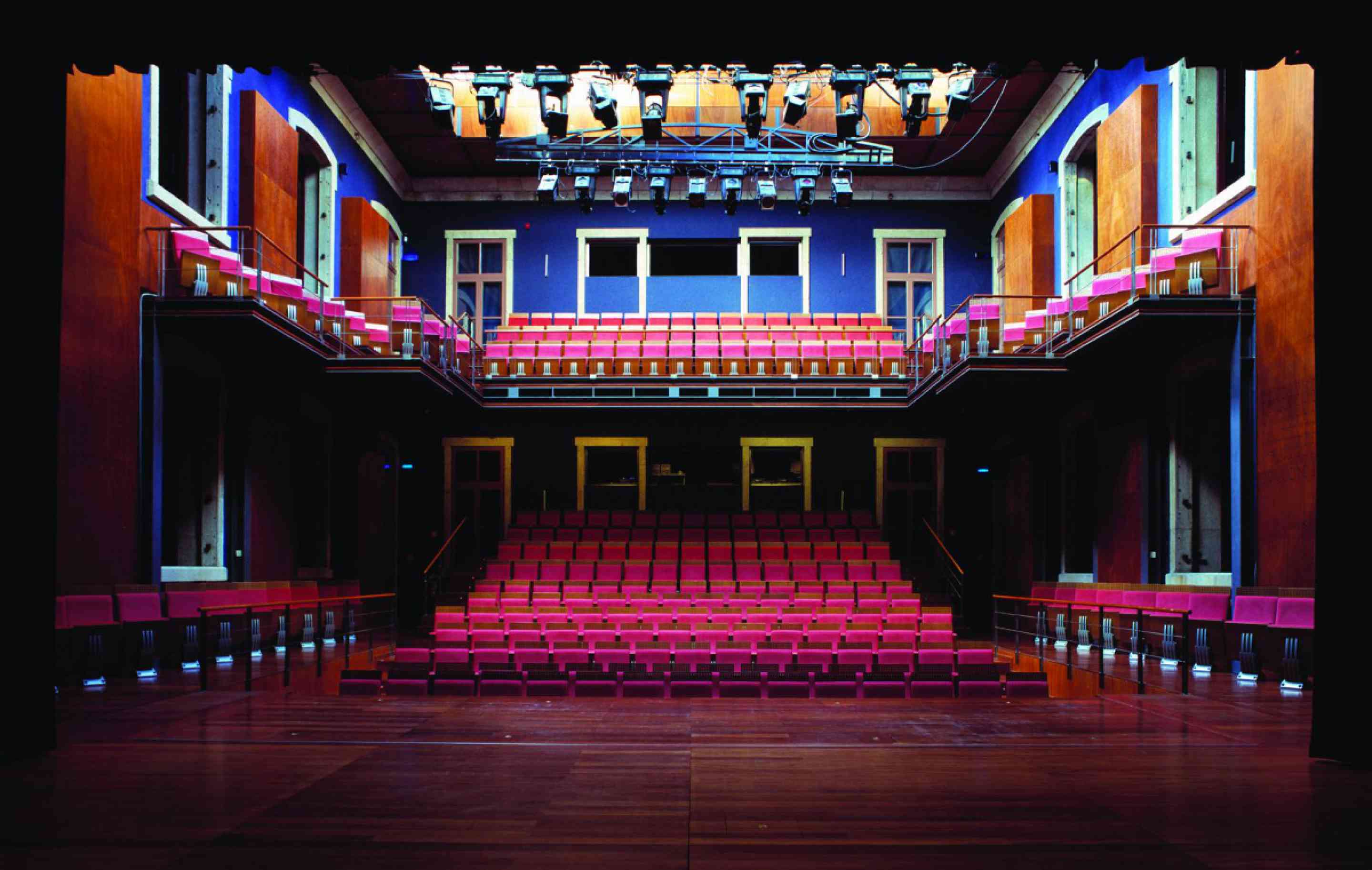Solo Programme Premiere at Porto
I’m working right now on a new solo programme I’ll premiere next month within the Erta Iberia (to whom I want to express my gratitude for their invitation to perform) annual meeting in Portugal. It’ll be a three days long event (May 2nd-4th) in the beautiful city of Porto that will include guest speakers, workshops, concerts, instruments exhibition and talks on a wide variety of subjects — you can attend the whole event by enrolling here.
Since I’ll perform in front of an audience entirely made up of recorder players 1 (professionals, teachers and students), makers and other recorder specialists, I thought it’d be a good idea to design a programme whose main concept is neither the chosen repertory nor my own performance, as usual, but rather a third element: the instruments themselves. And the reason is I’ll be using a handful of state of the art recorders by some of the most influential makers within the instrument's modern history, which I’m sure will add another layer of interest to my performance.
The title of the programme is a case of sheer serendipity, since it comes from the curious fact that all of the makers’ family names start with letter m: Bob Marvin, Ernst Meyer, Fred Morgan and Monika Musch. I first chose a couple of representative recorder models by each maker and then a piece to showcase it. Finally —and it’s a bit of a more technical note— the context of a solo concert seems specially appropriated to show each recorder’s virtues and qualities, since I’ll be able to adjust my blowing to get the exact sound I want from each instrument without the normal pitch restrictions imposed by an accompanying instrument. Here’s the programme:

M
A Short & Incomplete Sound History of the Recorder Through its Modern Makers — Chapter M (Ma-Mu)
Ma — Recorders by Bob Marvin (USA)
Alfonso X el Sabio (1221-1284)
Tantas en Santa María (CSM 173)
Pero que seja a gente (CSM 181)
A madre de Jesucristo (CSM 172)
Improvisation
On La Spagna tenor
Me — Recorders by Ernst Meyer (CH)
Astor Piazzolla (1921-1992)
Tango-Étude no. 3
Carl Philipp Emanuel Bach (1714-1788)
Flute sonata in A m H.562: Poco Adagio - Allegro - Allegro
Mo — Recorders by Fred Morgan (AU)
Jacques Hotteterre (1673-1763) & Michel Lambert (1610-1696)
Traits pour la Flûte-a-bec & L’amour
Johann Sebastian Bach (1685-1750)
Partita in C m BWV 1013: Allemande - Corrente - Sarabande - Bourrée Anglaise
Mu — Recorders by Monika Musch (DE)
Aurelio Virgiliano (fl. 1600)
Recercata terza
Kees Boeke (*1950)
Lacrime (1983)
And here’s the list of recorders I’ll be performing on:
- Marvin: cylindrical g alto, pythagorean (2003) & Praetorius consort tenor (2004)
- Meyer: Denner alto (2009) & Denner-Bressan voice flute (2010)
- Morgan: Bressan alto (1997) & Stanesby soprano (1978)
- Musch: Schnitzer tenor (2007) & Ganassi g alto in one piece (2003)
-
Portuguese translation by Inês Moz Caldas, muito obrigado!: “Ao desenhar um programa para um evento dedicado à flauta de bisel, onde grande parte do público que assiste ao concerto será composto, provavelmente, por flautistas (profissionais, estudantes e amadores) e outros especialistas do mundo da flauta, pareceu-me boa ideia abordá-lo não apenas desde uma perspectiva do repertório ou da minha própria interpretação, como é habitual, mas também dos próprios instrumentos que utilizarei. O principal motivo é ter a sorte de utilizar instrumentos construídos por alguns dos construtores de flautas mais influentes da história moderna da flauta de bisel, até ao ponto de, por si só, constituir, para além das obras e -esperemos- da minha interpretação, um terceiro foco de interesse para o público, sobretudo tratando-se de um concerto integrado num encontro especializado. O título do programa surge da curiosa coincidência de todas as flautas que usarei no concerto serem de construtores cujos apelidos começam com a letra m: Bob Marvin, Ernst Meyer, Fred Morgan e Monika Musch. Primeiro seleccionei um par de modelos de flauta representativos de cada construtor, e depois uma obra que me parecesse especialmente interessante para tocar em cada instrumento. E por último -embora esta observação seja um pouco mais técnica- o formato de concerto para flauta a solo parece-me, para além do mais, especialmente adequado para mostrar as qualidades de cada instrumento, já que poderei sempre ajustar o ar para conseguir o meu som ideal em cada instrumento sem as restricções na altura do diapasão que me imporía qualquer instrumento de acompanhamento durante o concerto”. ↩